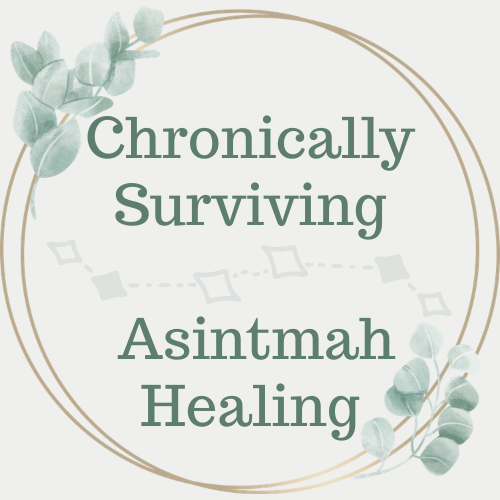Warrior 2 / Virabhadrasana II with Chair + Blocks
The hips represent our external and internal capacity to be mobile. It is the main articulation of the lower limbs, but is also quite stable with all the different layers of tissue, including bone, muscle, ligaments, tendons, and fascia.
Loosening the hips can help release deep emotions since they are associated with our emotions and the unconscious. They are connected to the way we make decisions in life about moving forward since the gallbladder channel traverses the hip. It represents the ability to be courageous to move forward and confident in doing so.
Problems or pain in this area of the body energetically can be a sign of inflexibility or undervaluation. There may be a fear of moving forward or hesitance in facing the future. It can also point to an inability to fully open up and embrace ourselves.
Downward Dog / Adho Mukha Shvanasana with Back of Chair Support
The pelvis represents our relationship with autonomy as it bears the witness of “who I am” and what we consider to be fair or unfair. Issues and pain may signal a feeling of being judged or a sense of injustice towards us and our direction in life. Similarly, the buttocks represent our ability to give and be receptive and symbolize sensibility and sexuality. Therefore, buttocks problems or pain can be a sign of tension felt in accepting the yin, feminine side of oneself, or challenges with sexuality.
Supine One-Legged Stretch / Supta Padangusthasana with Strap
Anatomically speaking, the hips move in 3 ways:
➾ Flexion (seated) & Extension (standing)
➾ Abduction (legs apart) & Adduction (legs together)
➾ Internal Rotation & External Rotation
The pelvis tilts in 2 directions:
➾ Anterior Pelvic Tilt
➾ Posterior Pelvic Tilt
The fact that we are often seated creates a build-up of tension in the front of the hip and weakness in the buttocks, leading to back pain and potential injury. Regularly taking care to mobilize and reduce tension in the hips can have positive cumulative effects. It can help in easing back pain, boosting brain health, allowing for deeper breathing, and improve circulation to organs. Gentle yoga is one of the many ways to achieve this goal.
This simple 30 min practice is intended to stretch your hips & pelvis in an accessible mindful way.
Please read:
It’s important to understand that this is in no way a replacement for medical treatments. Consult with your primary healthcare practitioner before starting any new exercise or wellness techniques.





